1. The Mary Tyler Moore Show and Single Woman Independence
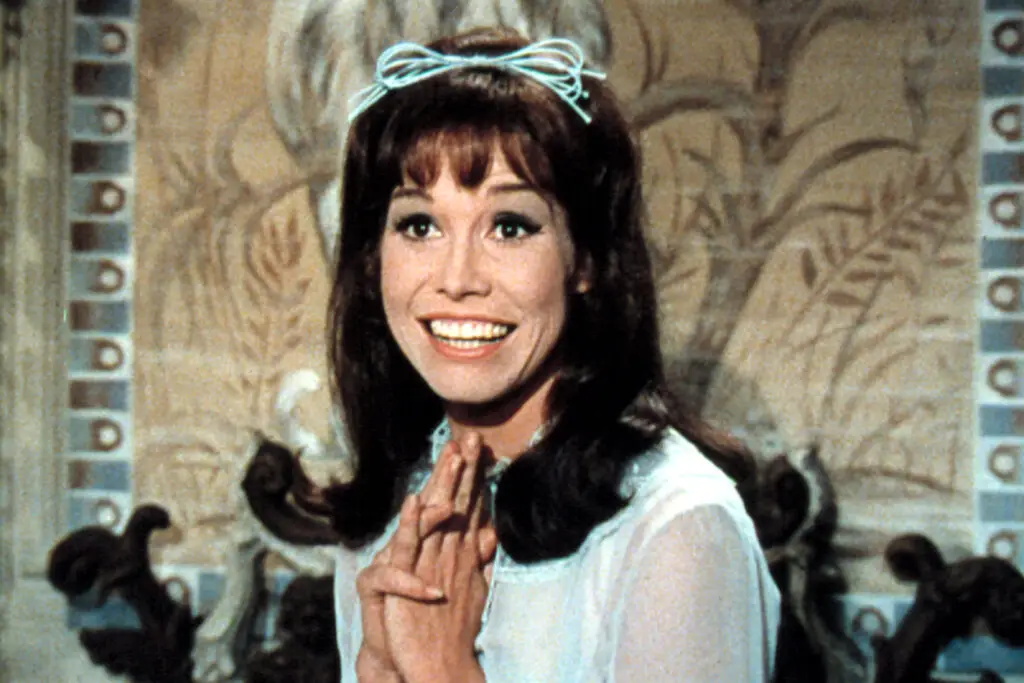
The Mary Tyler Moore Show, which premiered in the ’70s, quietly changed how single women were seen on TV. Mary Richards wasn’t defined by a husband or a romantic partner. She was a career-focused woman living alone in Minneapolis, juggling work and friendships with a refreshing level of autonomy. For many viewers, seeing a woman happily independent was eye-opening because it simply showed a life many women were living but rarely saw on screen shares Variety.
Without any grand speeches or activism moments, the show normalized women’s independence in a gentle, relatable way. It didn’t preach, it just let Mary’s life speak for itself. This subtle portrayal helped pave the way for more complex female characters on TV later on. It was revolutionary because it treated a single woman’s life as worthy of attention without drama or pity adds Britannica.
2. Star Trek’s Diverse Crew Without Commentary
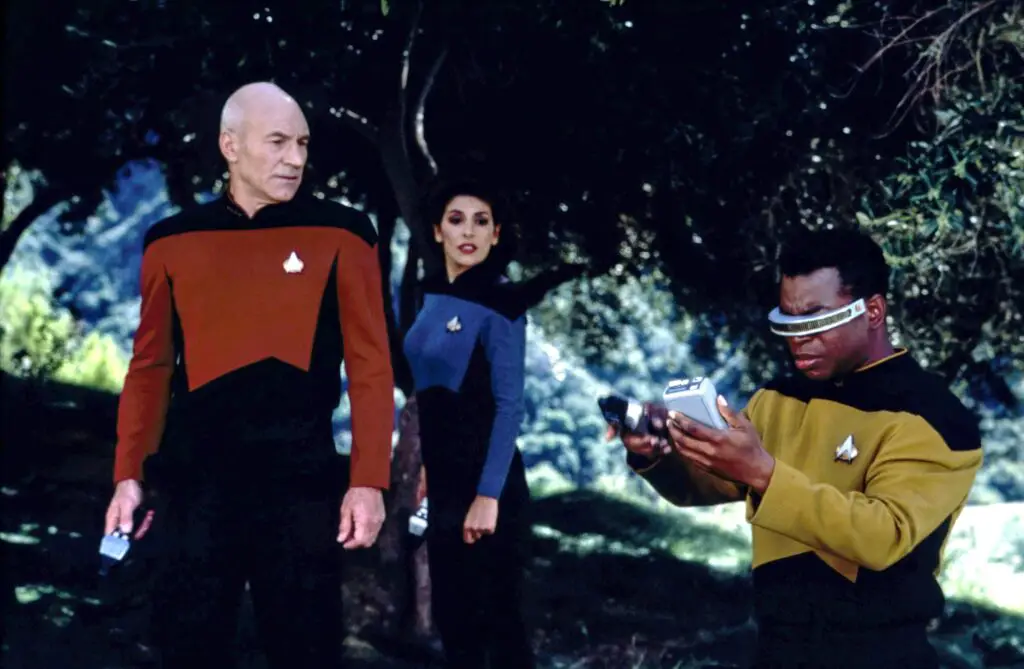
Star Trek’s original series in the late ’60s featured one of the first truly diverse casts on American television. You had Nichelle Nichols as Lieutenant Uhura, an African American woman officer, alongside George Takei as Sulu and Walter Koenig as Chekov. The show never made their diversity the focal point but rather a natural part of the crew’s makeup. This normalizing approach subtly broke racial and ethnic barriers at a time when America was still deeply segregated says Space.
Nichelle Nichols famously considered leaving the show until Dr. Martin Luther King Jr. personally encouraged her to stay, recognizing the importance of her role. Star Trek’s silent statement was that people of all races and backgrounds belonged in space exploration and leadership roles. The show’s hopeful future was inclusive without ever spelling it out loud. It simply lived it explains Esquire.
3. All in the Family Tackling Class and Generational Gaps
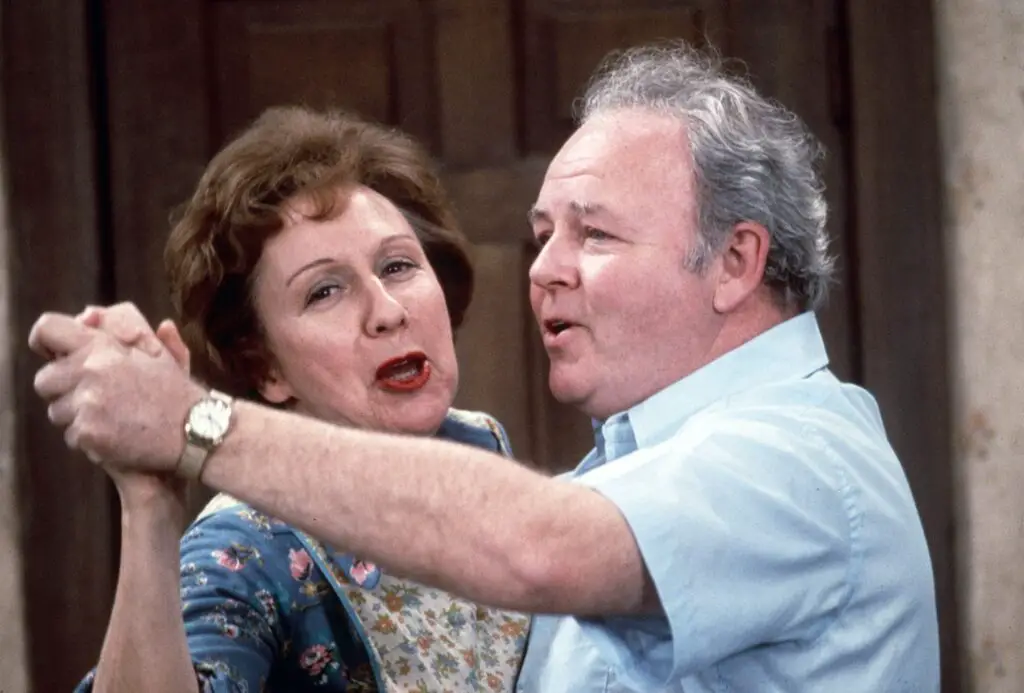
While All in the Family was known for its bold discussions, sometimes it broke barriers by what it didn’t say outright. The show centered around Archie Bunker, a working-class man with very conservative views, and his liberal son-in-law, Mike. Through their constant clashes, viewers saw the real tension between old and new America, between working-class struggles and changing social norms.
But the show’s real power was in showing these perspectives without judging one side too harshly. It allowed people to see themselves in the arguments, even if they disagreed. By bringing these issues into living rooms across America without shying away, it encouraged conversations about race, class, and politics that hadn’t been mainstream before.
4. The Jeffersons and Subtle Affirmation of Black Success
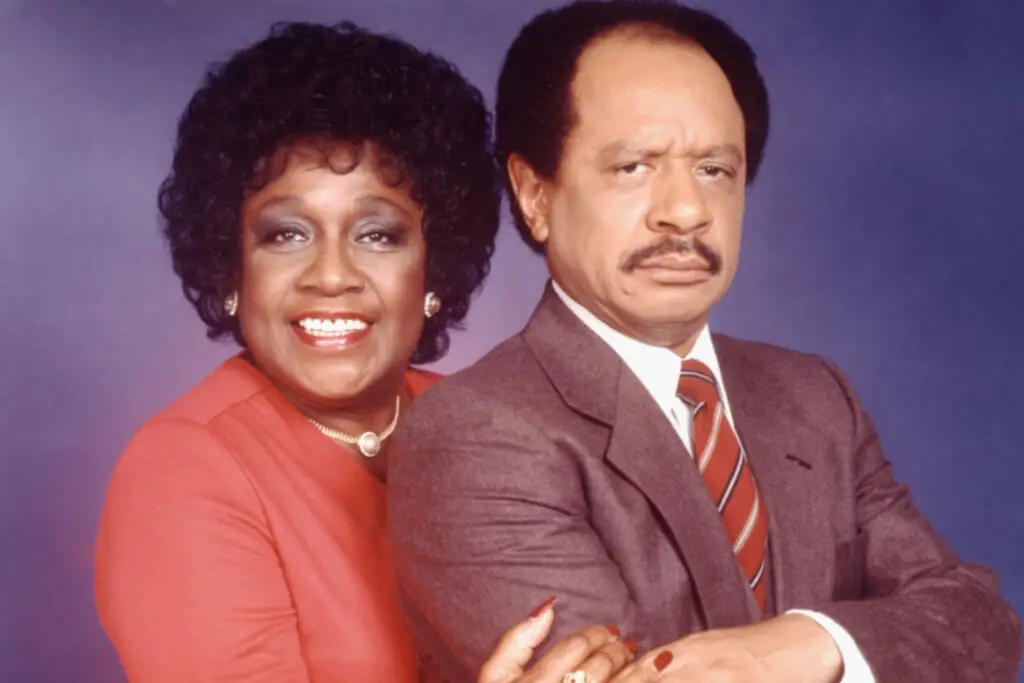
The Jeffersons made a quiet cultural statement by simply showing an upwardly mobile Black family living in a luxury apartment on the East Side of Manhattan. George and Louise Jefferson were proud, successful, and unapologetically middle-class. At a time when Black families were rarely portrayed in affluent roles, this was a visual barrier-breaker.
What’s remarkable is the show didn’t always focus on race directly. Instead, it depicted the Jeffersons’ everyday lives with humor and dignity, normalizing Black success and middle-class aspirations. This subtlety allowed audiences to see Black characters beyond stereotypes, quietly shifting public perception.
5. I Love Lucy’s Interracial Marriage Onscreen
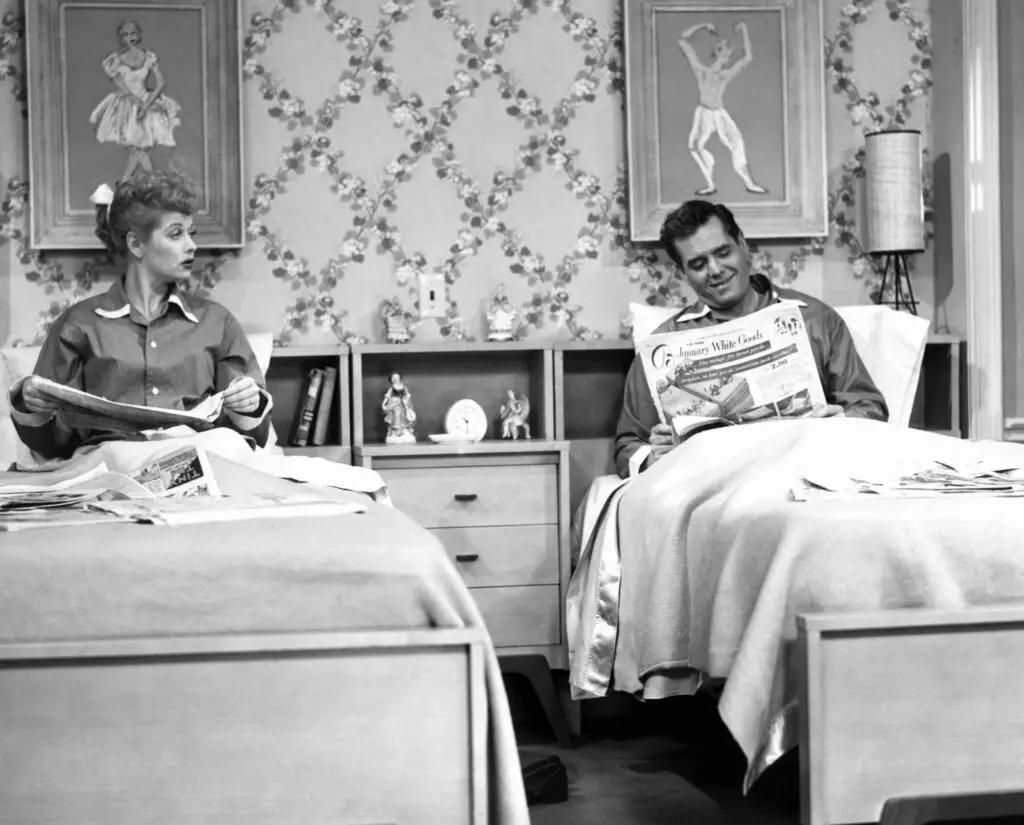
Lucille Ball and Desi Arnaz’s marriage on I Love Lucy was one of the first interracial marriages depicted on American television. While the show never made this the center of any plot, just showing a white woman married to a Cuban-American man in the early ’50s was groundbreaking. It challenged social norms and quietly pushed boundaries of race and ethnicity on TV.
The couple’s chemistry and comedic timing made their marriage relatable and lovable, overshadowing any potential racial controversy. For viewers, their relationship subtly dismantled barriers by showing that love and family crossed racial lines naturally. Their onscreen partnership became a model for diversity before diversity was a buzzword.
6. Diff’rent Strokes and Class Differences
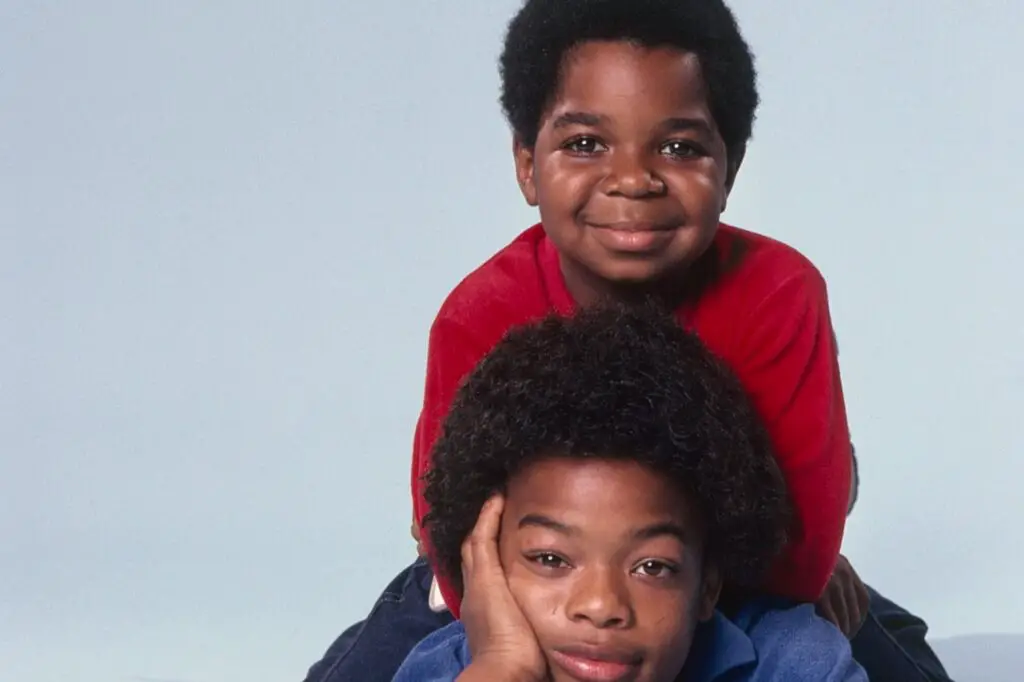
Diff’rent Strokes featured two African American boys adopted by a wealthy white businessman, and this setup broke cultural barriers by addressing class and race differences without heavy-handedness. The show often showed the boys navigating their new affluent world while staying true to their roots. The interaction between different social classes was central but never forced or preachy.
By letting the characters’ lives play out naturally, Diff’rent Strokes made class mobility and racial integration visible in a positive light. It showed that families could look different and still work, resonating with many viewers who rarely saw this on screen. This normalized a new idea of family and social blending.
7. The Cosby Show and the Black Family Normalized
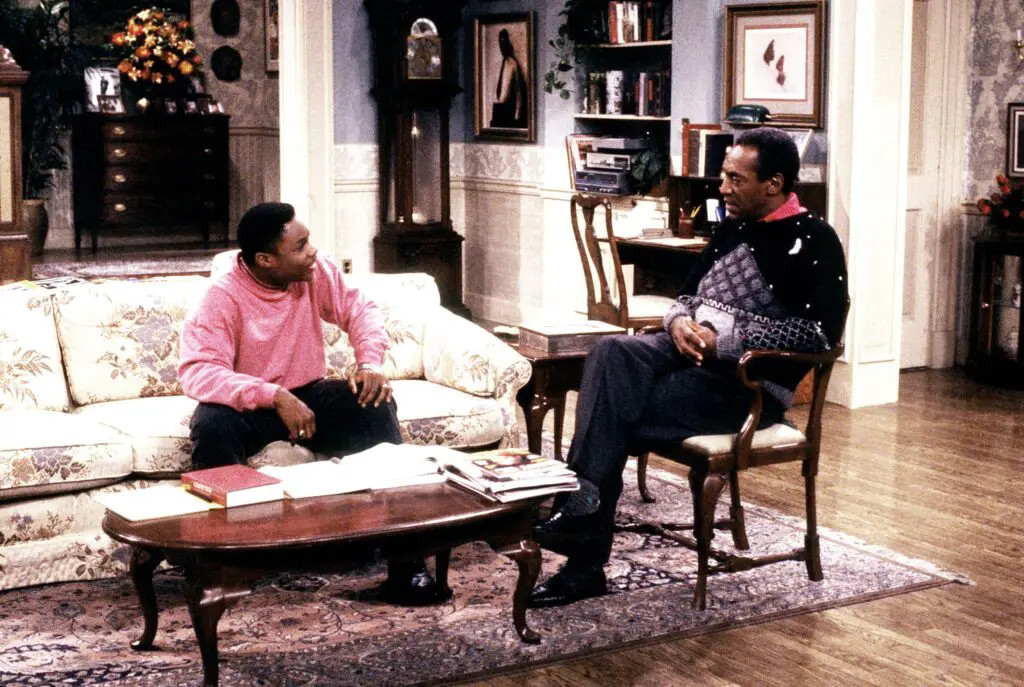
Before The Cosby Show, Black families on television were often portrayed with struggle or dysfunction. Bill Cosby’s show flipped that script by portraying an educated, successful, and loving Black family living a comfortable middle-class life. The Huxtables’ family dynamic was warm, funny, and relatable, focusing on everyday life rather than racial conflict.
The brilliance was in how normal it felt. The show didn’t need to explain or highlight racial issues to be culturally impactful. Simply portraying a Black family as “normal” and aspirational was enough to break barriers. This helped shift public attitudes and opened doors for more diverse storytelling on TV.
8. M*A*S*H and Anti-War Sentiments in Disguise
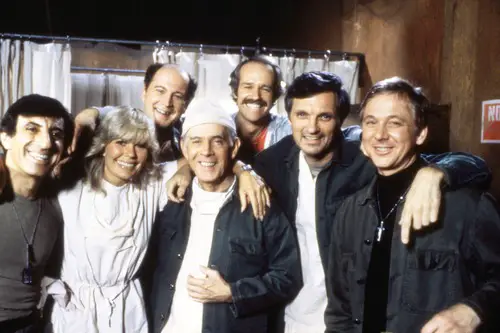
While M*A*S*H was set during the Korean War, it was a subtle critique of war and military life during the Vietnam era. The show mixed comedy with poignant moments without explicitly preaching anti-war messages. Instead, it portrayed the emotional and moral toll war took on individuals, quietly questioning the glorification of conflict.
By humanizing the soldiers and doctors dealing with war’s horrors, M*A*S*H allowed viewers to reflect on real-world issues without feeling lectured. It broke cultural barriers by challenging traditional war narratives in a way that was accessible and empathetic. This approach helped change how Americans viewed war on television.
9. Murphy Brown and Single Motherhood
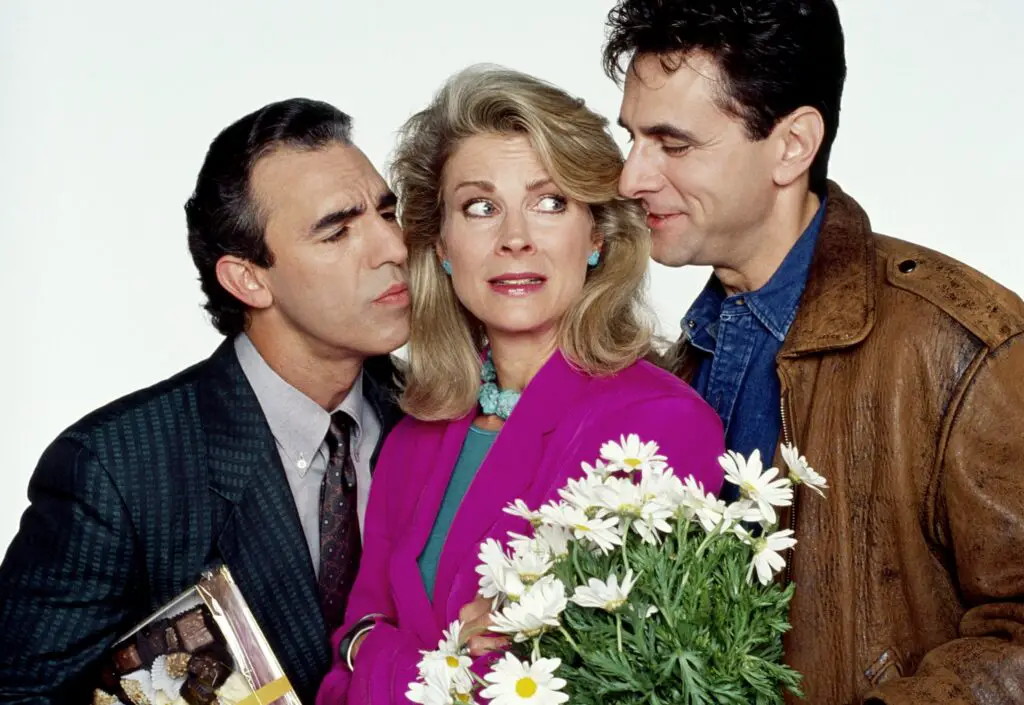
Murphy Brown was one of the first shows to feature a single professional woman openly raising a child on her own, without apology or stigma. When the show aired in the late ’80s and early ’90s, single motherhood was often judged harshly in society. Murphy’s character dealt with this in her own unapologetic, smart way, redefining what family could look like on TV.
The show didn’t lecture viewers but instead portrayed Murphy’s struggles and successes with humor and realism. This quiet representation helped destigmatize single mothers and opened up conversations about women’s choices and family structures. It showed that a woman could be both a career woman and a loving parent.
10. The Wonder Years and Showing Teenage Vulnerability
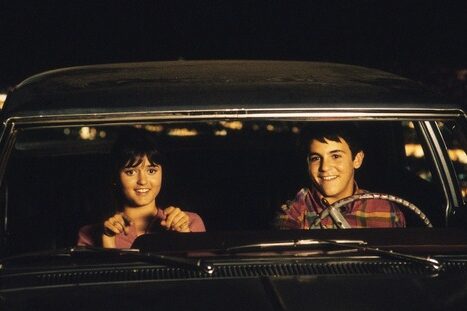
The Wonder Years broke cultural barriers by showing teenage life through the eyes of Kevin Arnold with raw honesty and nostalgia. Unlike many shows that glamorized youth, it portrayed the awkwardness, confusion, and emotional complexity of adolescence. It didn’t shy away from showing Kevin’s vulnerabilities and mistakes.
By doing so, the show made teenage struggles feel real and universal without any sugarcoating. This approach was refreshing and helped normalize talking about feelings and growing pains. It made viewers feel seen and less alone in their own experiences.
11. That Girl and Career-Focused Women Before Feminism Was Mainstream
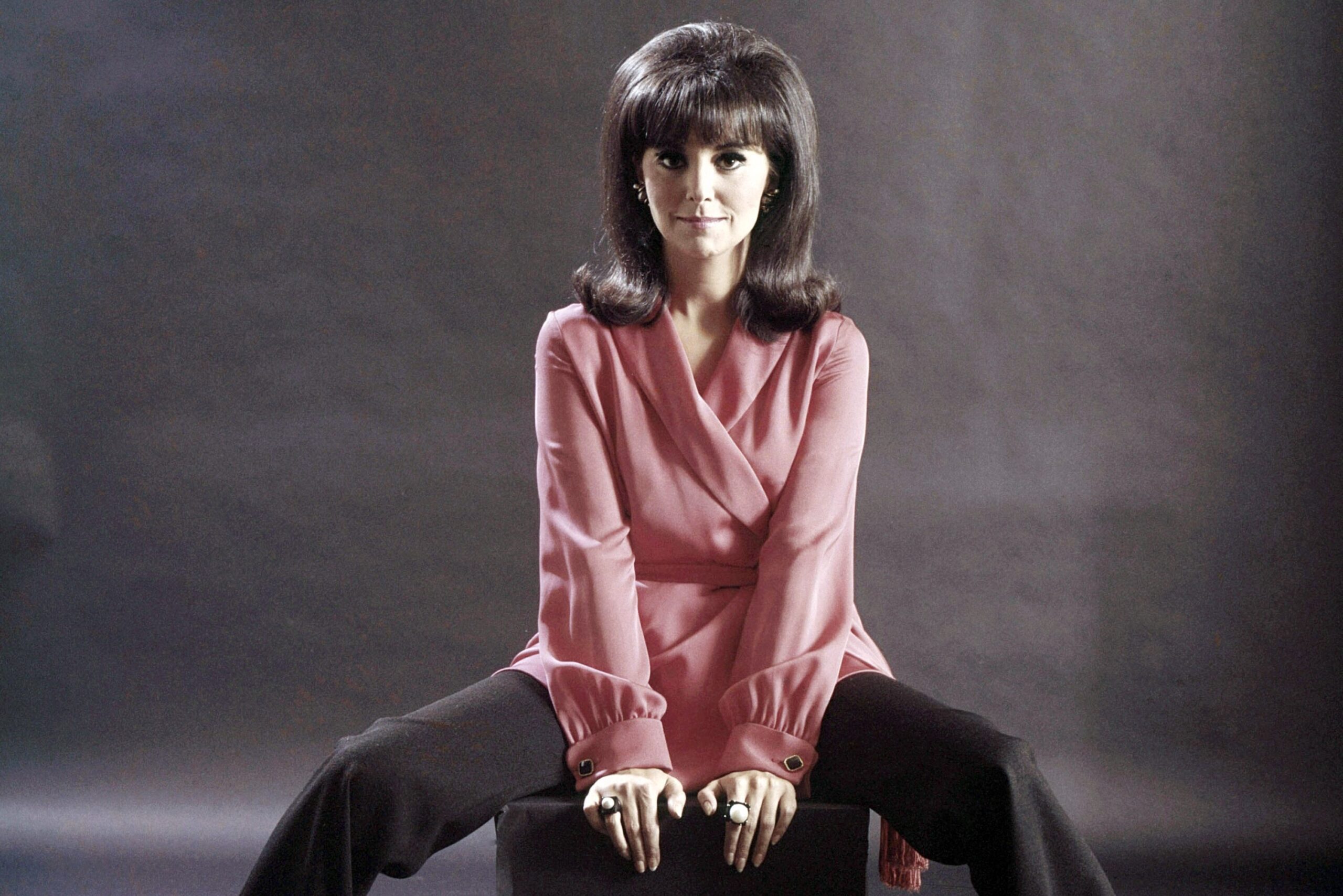
That Girl, starring Marlo Thomas, was one of the earliest sitcoms to focus on a young woman pursuing a career instead of marriage as her main goal. In the ’60s, this was a quiet but clear challenge to societal expectations for women. Ann Marie’s life as an aspiring actress in New York City showed a woman chasing her dreams on her own terms.
The show never hammered home feminist messages but simply let Ann Marie’s ambitions speak volumes. This representation helped pave the way for later shows with independent female leads. It was a cultural barrier breaker because it normalized a woman prioritizing her career without shame or apology.
12. The Golden Girls and Aging Women’s Friendships
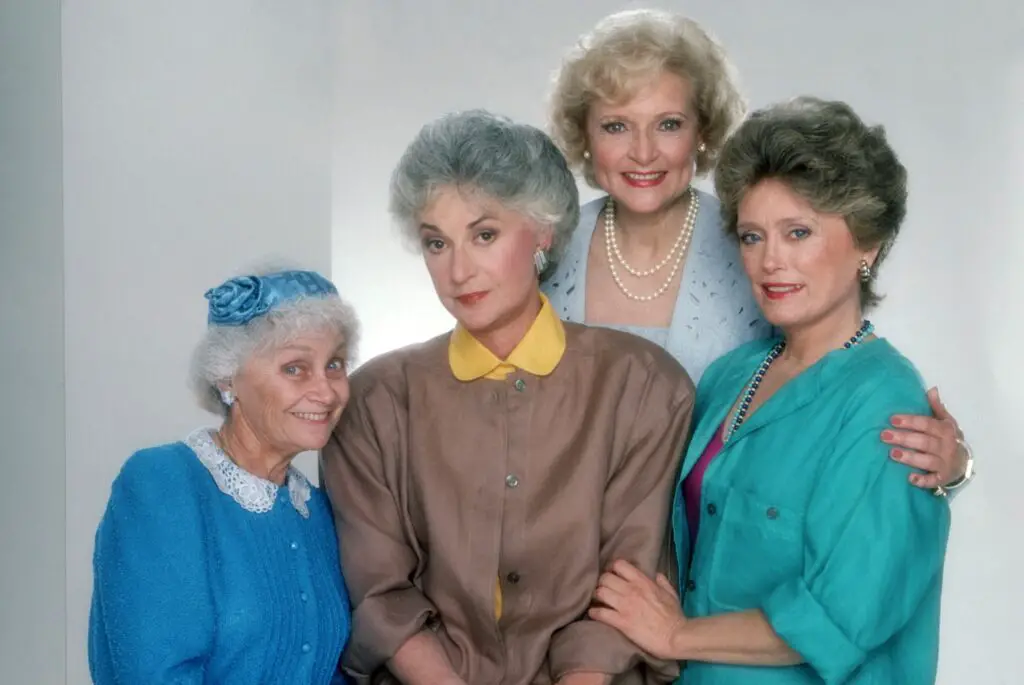
The Golden Girls brought to the screen the lives of four older women living together, something rarely depicted on TV before. It challenged cultural assumptions that older women’s stories weren’t interesting or relevant. The show celebrated friendship, love, and humor among women in their golden years without focusing on their age as a limitation.
By portraying these characters as vibrant, funny, and full of life, The Golden Girls broke stereotypes about aging. It sent a quiet but powerful message that life doesn’t end after a certain age and that women can thrive, love, and laugh no matter their years. This was a comforting and inspiring message for many viewers.
